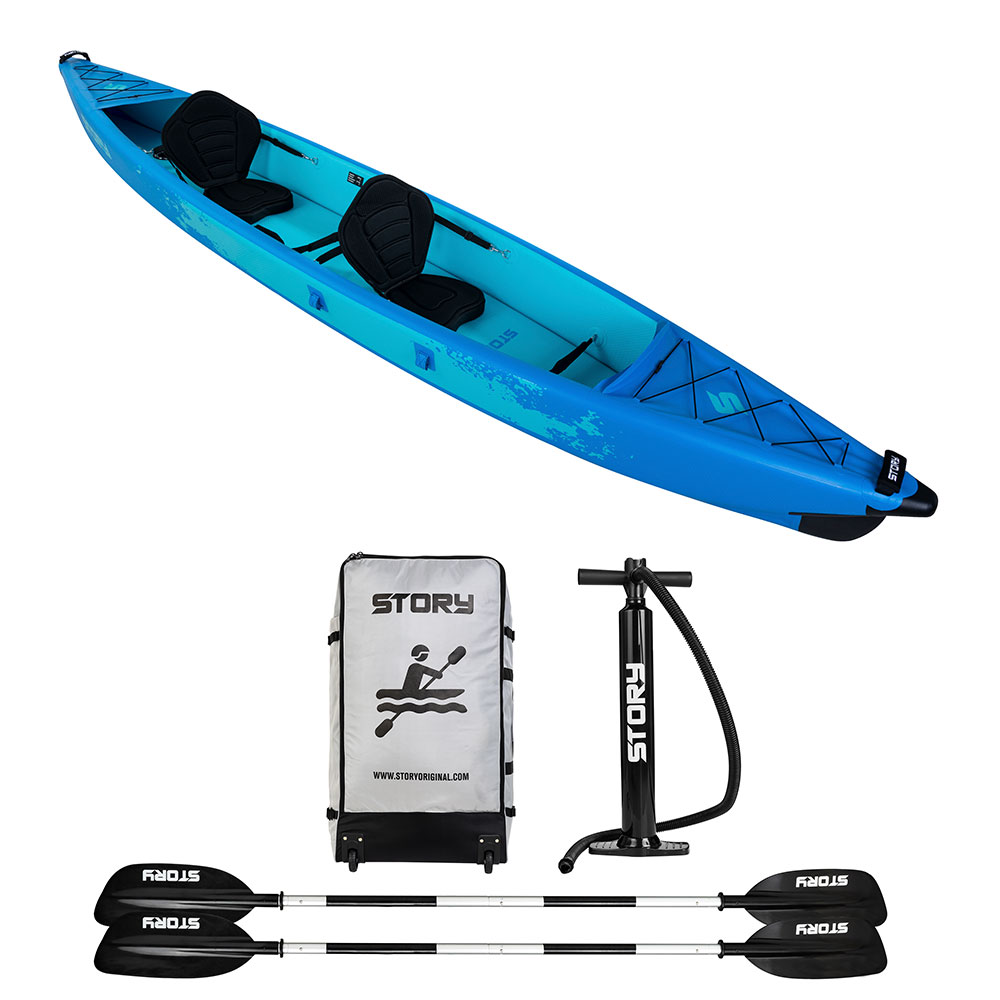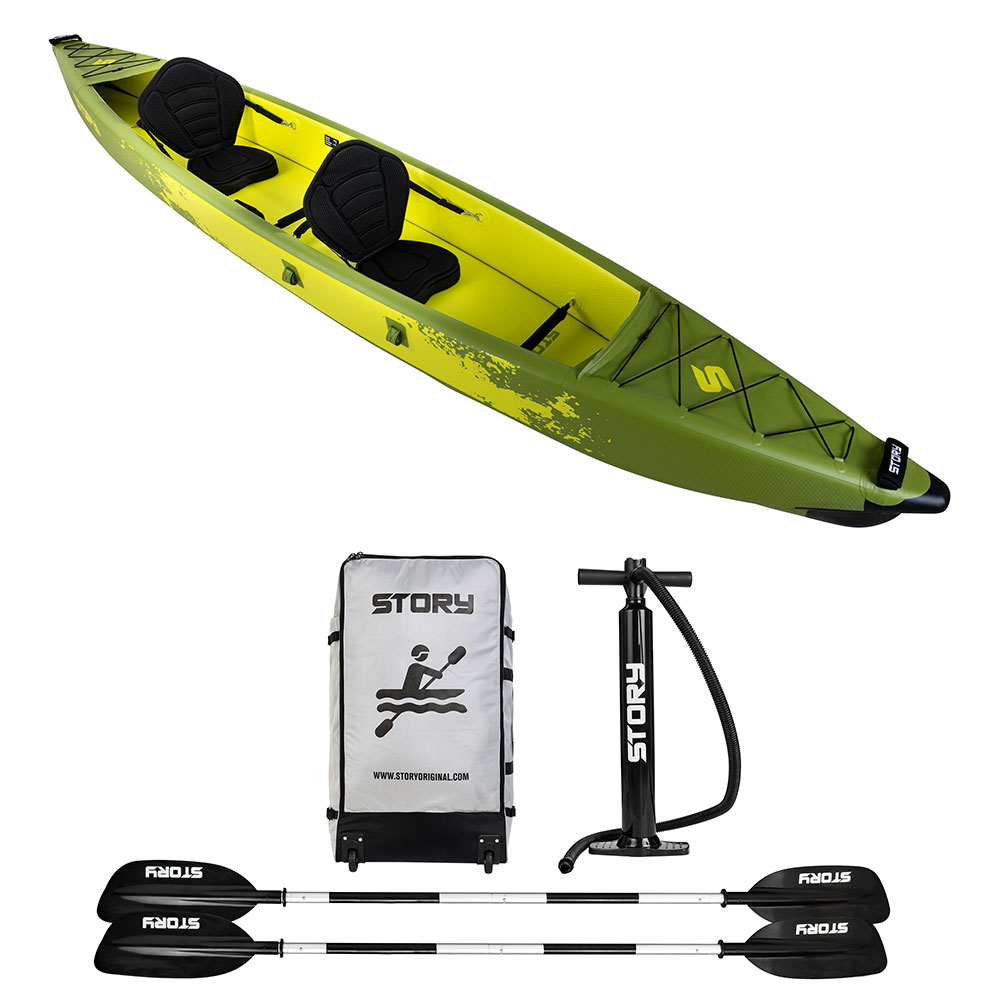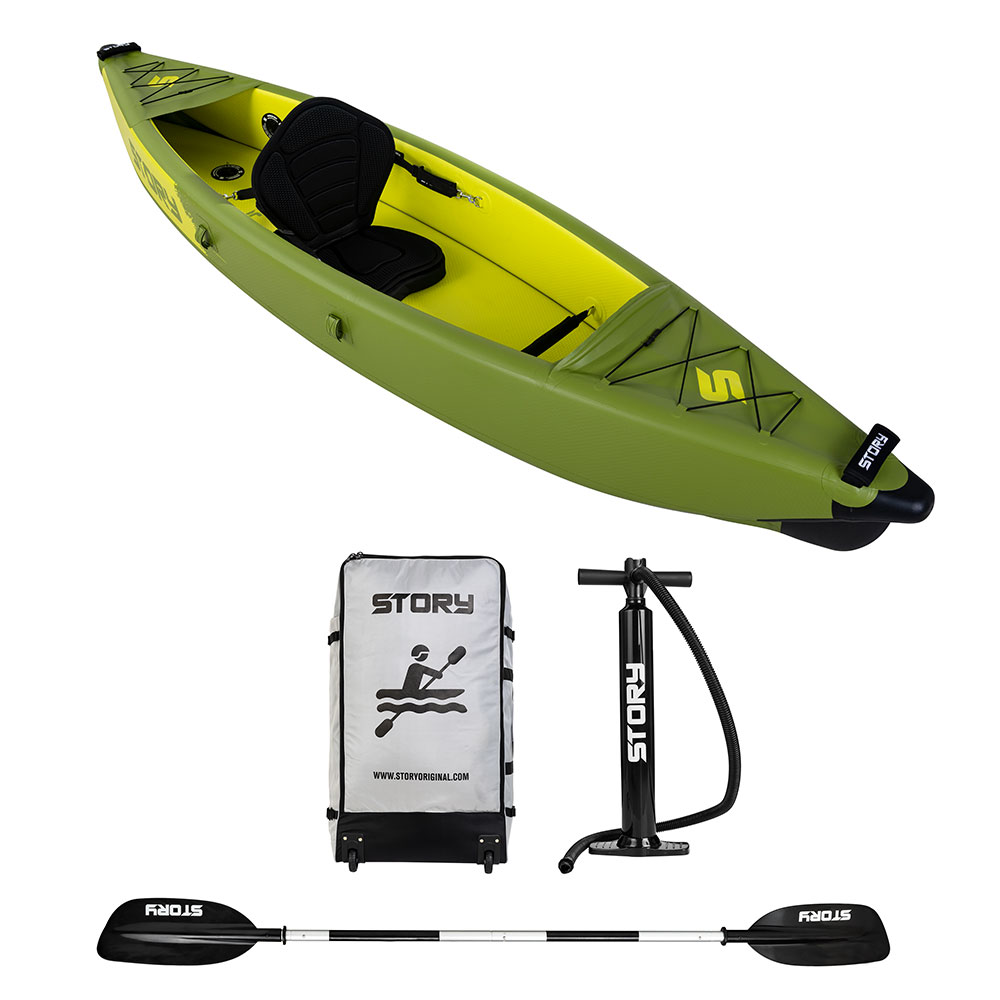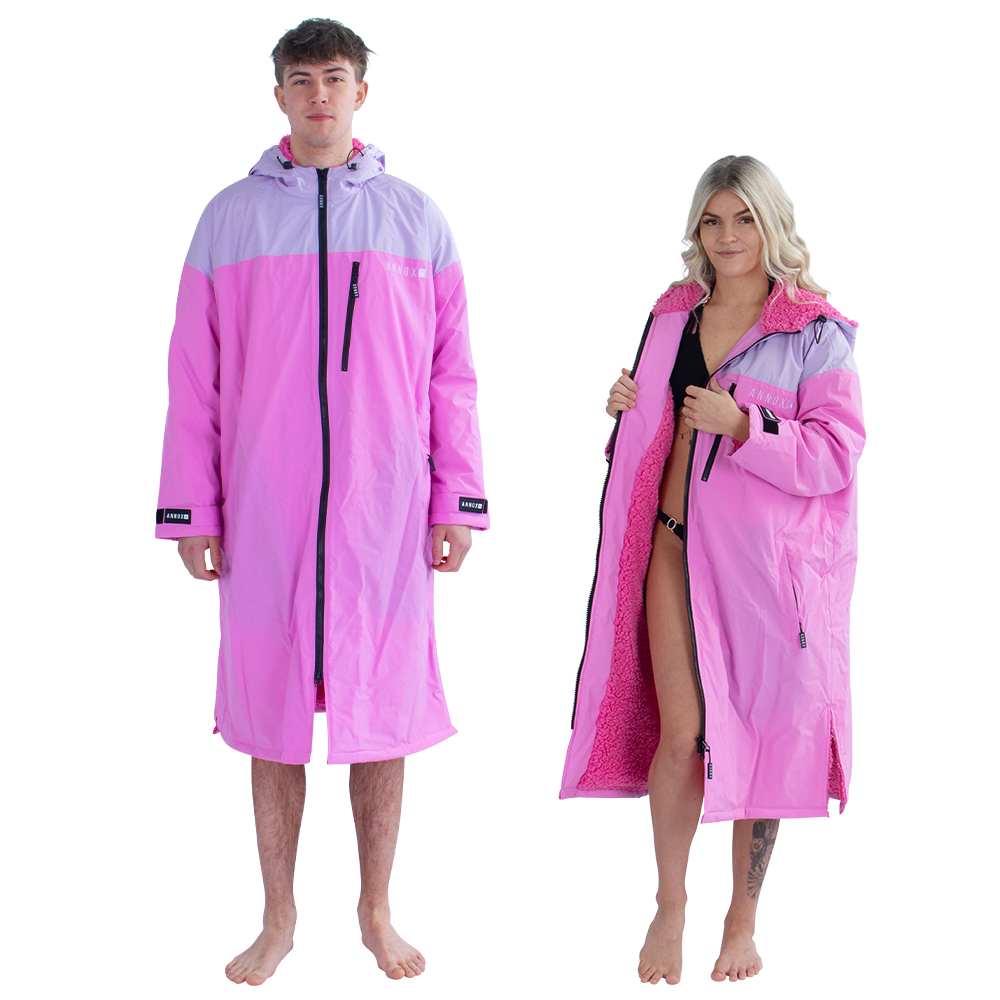Kayak
Filters
Filters By
- 57%

- 43%

- 43%

- 54%

- 30%

- 9%

- 14%

- 9%

- 29%

- 57%

- 26%

- 51%
 Annox Impulse Split ToeSpecial Price €44.95 Regular Price €89.953, 4, 5, 6, 6.5, 7, 8, 9, 10, 10.5, 11, 12
Annox Impulse Split ToeSpecial Price €44.95 Regular Price €89.953, 4, 5, 6, 6.5, 7, 8, 9, 10, 10.5, 11, 12 - 21%

- 52%
 Annox Impulse Split ToeSpecial Price €48.95 Regular Price €99.953, 4, 5, 6, 6.5, 7, 8, 9, 10, 10.5, 11, 12
Annox Impulse Split ToeSpecial Price €48.95 Regular Price €99.953, 4, 5, 6, 6.5, 7, 8, 9, 10, 10.5, 11, 12 - 19%

- 43%

- 43%
 Helly Hansen Sport Comfort Swim VestSpecial Price €45.95 Regular Price €79.95110-132 lbs, 132-154 lbs, 155-200 lbs, 200+ lbs
Helly Hansen Sport Comfort Swim VestSpecial Price €45.95 Regular Price €79.95110-132 lbs, 132-154 lbs, 155-200 lbs, 200+ lbs
Kayak
Kayaks are versatile and efficient vessels designed for a variety of water sports and recreational activities. They come in different types and constructions, each designed with specific features to meet various needs and preferences. Among the most popular choices are inflatable kayaks, which offer a range of advantages that set them apart from traditional hard kayaks.Kayaks can be made from various materials, including plastic, fiberglass, carbon fiber, and inflatable materials. Hard kayaks, made from plastic or composite materials, offer rigidity and durability, while inflatable kayaks are lightweight and easy to transport.
Kayaks come in various shapes, which affect their performance. The most common shape is the traditional elongated and narrow kayak, designed to cut through the water efficiently. There are also wider and shorter kayaks, which offer increased stability and better maneuverability. Kayaks are designed with a cockpit where the paddler sits. The cockpit can vary in size and shape, depending on the type and purpose of the kayak. The seat in the kayak can be fixed or adjustable, and some kayaks also have back support for added comfort.
Types of kayaks:
- Recreational Kayaks: These are designed for casual paddling and lightweight use. They are often wider to offer greater stability and are ideal for lakes and calm rivers.
- Touring Kayaks: These kayaks are built for longer trips and expeditions. They are generally longer and narrower to provide better speed and directional stability. They often have extra storage space for gear and personal belongings.
- Racing Kayaks: Designed for speed and efficiency in competitions. They are long, narrow, and lightweight to minimize water resistance and maximize speed.
- Sea Kayaks: These are built for open water and waves. They typically have a more robust construction and are designed to handle rough water and strong waves.
- Fishing Kayaks: Equipped with features that make fishing easier, such as rod holders and extra storage space. They are often wider for increased stability while fishing.
- Inflatable Kayaks: Designed for easy transport and storage. They are lightweight and easy to carry, but may be less stable in strong waves or currents.
The stability of a kayak depends on its width and shape. Wider kayaks offer better stability, which is useful for beginners and when fishing. Narrower kayaks may be less stable but offer better speed and efficiency. The length and shape of the kayak affect its maneuverability. Shorter kayaks are generally more maneuverable and easier to turn, while longer kayaks offer better directional stability and speed. The design of the kayak affects its speed. Elongated and narrow kayaks cut through the water better and can achieve higher speeds, while wider kayaks may have higher resistance, limiting speed.
After each trip, the kayak should be thoroughly rinsed with fresh water to remove salt, sand, and debris. This is crucial to prevent wear and corrosion that can occur if harmful residues are left on the kayak for extended periods. The kayak should be stored in a dry place, away from direct sunlight, to protect the materials from damage. For inflatable kayaks, it is especially important to ensure they are completely dry before storing. Moisture can lead to mold and odors, which can compromise the kayak's durability and function.
Minor damages and punctures should be addressed promptly to prevent them from developing into larger issues. It’s a good idea to have such a kit on hand so you can quickly repair any damages and ensure the continued good condition of the kayak.
When kayaking, it is essential to prioritize safety to ensure a safe and secure experience on the water. Here are some key aspects of safety you should consider.
A certified Lifevest is an absolute must, regardless of the type of kayak you use. Lifevests are designed to keep you afloat and visible, even in the event of an accident or if you fall into the water. Ensure the life jacket fits correctly and is in good condition so it works optimally when needed.
A whistle is useful for calling for help, especially if you find yourself in an emergency or need to signal others on the water. A well-equipped first aid kit should be available to quickly handle minor injuries or accidents. An emergency phone that works in the area you are paddling in can be a lifesaver in emergencies where you need to contact rescue authorities.
Before heading out on the water, it is important to assess the weather and water conditions. Bad weather, such as heavy rain, lightning, or strong winds, can make kayaking dangerous. Make sure to check the weather forecast and any warnings for the area you plan to paddle in. Avoid kayaking in areas with strong currents or dangerous water conditions, as this can increase the risk of accidents and make it difficult to control the kayak.














































